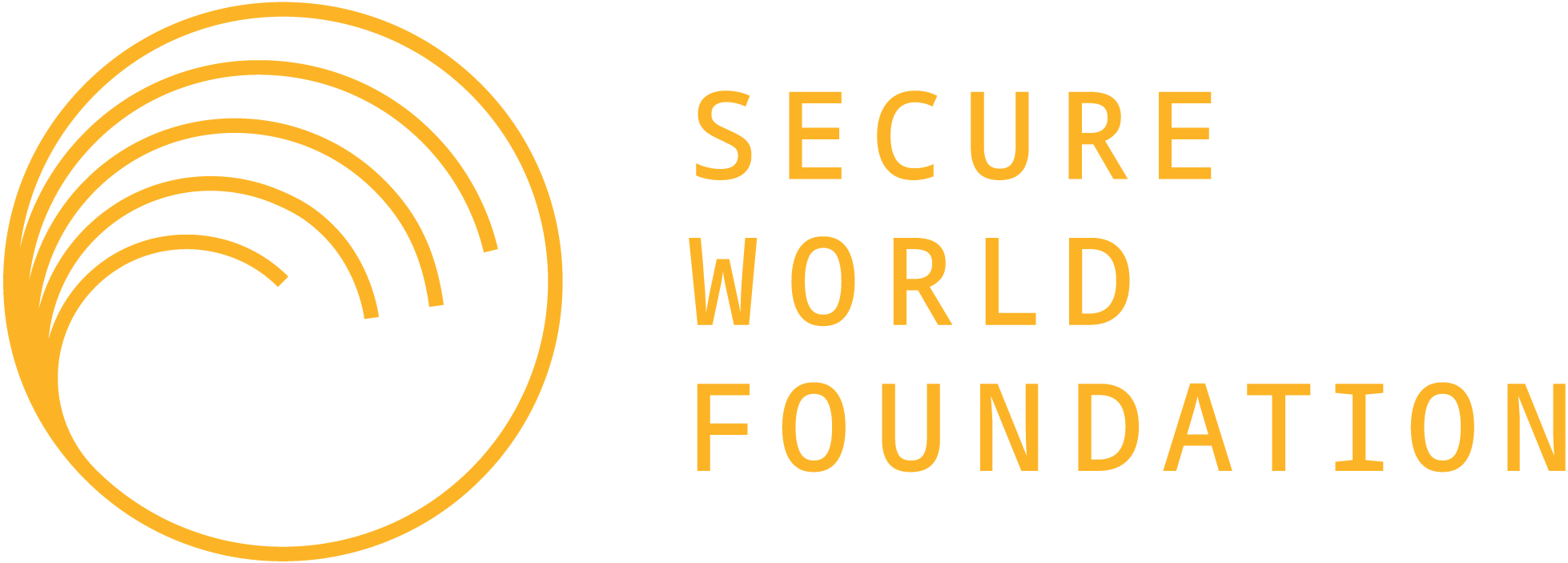Insight – Counterspace is a Growth Industry: Details from SWF’s 2025 Counterspace Report
Thursday, May 15, 2025
By Victoria Samson, SWF Chief Director, Space Security and Stability
April 2025 marks the 8th version of SWF’s annual report, Global Counterspace Capabilities: An Open Source Assessment. The report has doubled in length since its 2018 beginning: from covering six countries to now covering twelve, from being 148 pages long to being 316 pages long. This speaks to this topic’s growing salience for national actors and increasing role in space security.
Our report compiles and assesses publicly available information on counterspace capabilities that can be used to deceive, disrupt, deny, degrade, or destroy space systems and which are being developed by twelve countries across five categories: direct-ascent, co-orbital, electronic warfare, directed energy, and cyber; additionally, it examines space situational awareness capabilities and, where available, details about policies, organizations, and budgets related to counterspace capabilities. Counterspace capabilities of the following countries are examined: the United States, Russia, China, India, Australia, France, Iran, Israel, Japan, North Korea, South Korea, and the United Kingdom. The report assesses current and near-term future capabilities for each, along with their potential military utility. The report was co-edited by Victoria Samson, SWF Chief Director, Space Security and Stability, and Dr. Laetitia Cesari, a researcher and legal practitioner who works on law and policy of outer space. This report contains updates on counterspace activities through February 2025.
Throughout the existence of this report, there has been extensive research and development into destructive and non-destructive counterspace capabilities. However, only non-destructive counterspace capabilities are being used in active conflicts.
A significant amount of potential co-orbital counterspace capabilities were demonstrated by the United States, Russia, and China via uncoordinated rendezvous and proximity operations (RPOs). The report discusses RPOs by five Chinese satellites throughout 2024, as highlighted by United States Space Force (USSF) officials, who have inaccurately described it as “dog-fighting in space.” It also provides updates on RPOs conducted by the United States (GSSAP, PAN, MENTOR, and LDPE-3A) and Russia (Luch, Luch 2).
The United States has deployed at least one acknowledged offensive counterspace system, the Counter Communications System (CCS), and is believed to have a second one deployed, the Remote Modular Terminal (RMT) system; both are jammers. Additionally, there has been a recent shift by the United States in openly calling for the development and fielding of offensive counterspace capabilities, with the stated goal of aiming for what it has called “low-debris-causing” weapons.
Russia’s GPS jamming and spoofing is increasingly affecting civil aviation and non-combatants, with new reports of disruptions to Starlink services due to this. As well, additional details are provided in this report on Russia’s work on a reported nuclear anti-satellite capability.
China undertook a reorganization this past year of its military space organization by disbanding its Strategic Space Force and replacing it with the Information Support Force. Furthermore, in official documents, China views space as a domain of military conflict, essentially mirroring what the United States calls a warfighting domain - just not as explicitly. There are also reports that China potentially launched an experimental satellite to GEO to practice jamming.
An updated count of space debris created by the United States, Russia, China, and India from their destructive anti-satellite tests identified 6,851 cataloged pieces of trackable debris generated in total, of which 2,920 pieces still remain in orbit, as of February 2025
There is a considerable amount of activity by other states as well. Several wargames discussed in the report highlight this: France’s now-annual ASTERX, the UK Space Command’s first space wargame, and India’s Antariksha Abhyas-2024. France in particular has been committing funds and work towards co-orbital counterspace capabilities via its YODA and FLAMHE demonstration assets; this will be complemented by the TOUTATIS test program, involving two demonstrator satellites SPLINTER and LISA-1 being built for space surveillance and active defense missions.
India has its own version of a spaceplane that it has been developing: Pushpak, the prototype for its second RLV Landing Experiment. As well, India’s civil space organization demonstrated for the first time satellite separation, docking, and on-orbit maneuvering via its SpaDeX experiment, a skillset which could be translated into a co-orbital counterspace capability. North Korea’s Malligyong-1 spacecraft was detected undertaking very small maneuvers.
Russia is not the only country carrying out a prolonged jamming campaign. Israel continued GPS jamming as part of its conflict with Gaza. This report adds details on disruptions and interferences in GPS services noticed in neighboring countries.
As space becomes more important for national security missions, we see the continued creation of military space organizations. The Israel Defense Forces established a Space Directorate Unit, while South Korea started a Space Operations Squadron.
Finally, Iran continues to slowly mature its space capabilities. Its first domestically designed and manufactured space tug (Saman-1) was launched this past year. Furthermore, Russia has launched several satellites for Iran.
The purpose of this report is to provide a public assessment of counterspace capabilities being developed by countries, based on unclassified information. We hope this research increases public knowledge of these issues, the willingness of policymakers to discuss them openly, and the involvement of other stakeholders in the debate. Effective policy requires reliable information; it is our hope that this report will continue to serve as an objective and dependable source of information for all.
SWF’s Global Counterspace Report’s editors joined the Center for Strategic and International Studies’ Aerospace Security Project on April 25, the date their Space Threat Assessment 2025 was released, for a joint discussion about what we felt was newsworthy in our separate reports and trends that we are seeing emerge, both recently and over the long-term. The video recording of that event can be found here.


 Share
Share